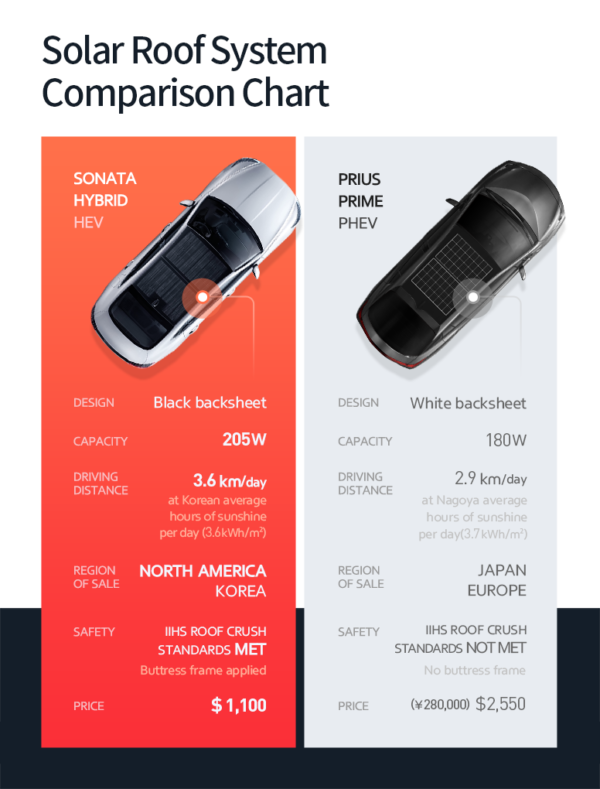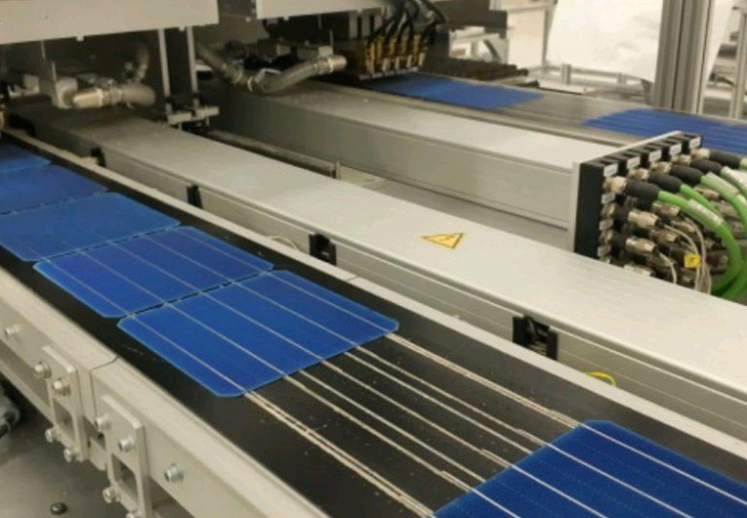https://en.solarbe.com/home/article/info/catId/49/id/5916.html
How storage could solve the interconnection puzzle for distributed solar

Nexamp added energy storage to two existing community solar farms in the grid-constrained ISO New England market. The Clark Road community solar farm (pictured) has 7.1 MW of solar capacity and 3 MW/6.1 MWh of storage. (Courtesy: Nexamp)
Paired solar PV and battery energy storage systems, along with a defined operating agreement between developers and utilities, could save time and money during the interconnection process, according to two new studies.
Both analyses focus on two of the main pain-points for renewable energy deployment: First, the utility-developer relationship remains tenuous, and, second, the often slow and expensive interconnection process is seen by many as the biggest threat to meeting climate goals.
The Biden administration wants 5 million homes to be powered by community solar project by 2025, which would represent a 700% increase in capacity compared to 2021. But developers say a lack of transparency and urgency around interconnection puts that goal in serious jeopardy.
Scott Wiater, CEO of Standard Solar, a leading community solar developer, said utilities "just tell us what they've spend and we pay the bill" for grid upgrades.
Researchers from the National Renewable Energy Laboratory, Lawrence Berkley National Laboratory, National Grid, Rocky Mountain Institute, and the Rhode Island Office of Energy Resources first analyzed the technical and economic feasibility of using paired solar PV and storage to mitigate grid violations related to voltage or power quality.
The researchers then developed a contractual agreement between developer and utility to establish rules for the solar PV and storage system. The hope is to reduce costs and delays, and support further uptake of distributed solar. The model agreement can be directly integrated into the interconnection process and can be altered by states to fit specific needs, they said.
The scope of the integrated study was limited to distribution-level solar PV systems with installed capacity of roughly 1 to 5 MW. Researchers said that the concepts may apply to larger systems.
Under the right conditions, developers could build a larger PV system and reduce curtailment levels to meet distribution grid demands by controlling the exported generation using paired storage. The economic viability of this process is only expected to continue to improve as storage costs decline and during times of peak wholesale electricity prices.
The researchers conducted a series of case studies to examine the technical and economic feasibility of paired solar PV and storage to prevent grid violations.

With the companion Operating Envelope Agreement (OEM), researchers aimed to identify "a mutually agreeable" set of requirements for a paired solar PV and storage system that maintains distribution grid reliability.
The structure of the OEM maintains developer or asset owner control of the system, instead of third-party utility control through distributed energy resource management systems (DERMS). Researchers noted a reluctance by developers to relinquish control of systems and the limited use and availability of DERMS.
The OEM agreement would be designed to avoid grid violation and protect the distribution feeder. The agreement could allow a PV system owner to either curtail during peak load on the feeder or store the solar generation in a battery for later discharge outside of the hours of enforcement.
"Most grid violations are likely to be in the form of overvoltages, undervoltages, line overloads, and transformer thermal overloads," the researchers wrote.

The integrated framework was designed to provide a reasonable degree of certainty to developers about the annual cash flow potential of a given project, while also protecting utilities and the stability of the distribution grid.
Solar PV systems paired with battery storage, along with an operational agreement between developer and utility, could be the answer.
Nexamp announced on March 22 that it added energy storage projects at existing community solar farms in grid-constrained Massachusetts. Both projects are located in the National Grid service area of Central Massachusetts.
The Brockelman Road solar-plus-storage project is capable of generating 1.7 MW of solar alongside a 1 MW/2 MWh battery storage system. The Clark Road solar-plus-storage project has 7.1 MW of solar capacity and 3 MW/6.1 MWh of storage. Borrego was the EPC on the projects.
The commonwealth already incentivizes co-located solar and storage projects through the Solar Massachusetts Renewable Target Program. The Massachusetts Clean Peak Energy Standard, meanwhile, provides incentives for technologies that supply electricity or reduce demand during times of peak load.
The Nexamp projects participate in both programs as well as ISO New England's capacity and frequency regulation markets.
"Our dozens of storage projects under development fulfill a variety of functions and use cases for a diverse group of customers," said Mark Frigo, vice president of energy storage at Nexamp. "With each project that goes live we not only create value for our customers, but also contribute to a cleaner grid that is more stable and resilient.”



